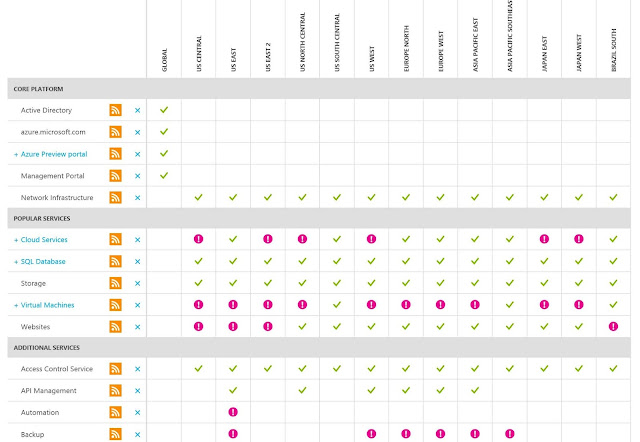New Silex malware is bricking IoT devices, has scary plans

Over 2,000 devices have been bricked in the span of a few hours. Attacks still ongoing. A new strain of malware is wiping the firmware of IoT devices in attacks reminiscent of the old BrickerBot malware that destroyed millions of devices back in 2017. Named Silex, this malware began operating earlier today, about three-four hours before this article's publication. The malware had bricked around 350 devices when this reporter began investigating its operations, and the number quickly spiked to 2,000 wiped devices by the time we published, an hour later. Attacks are still ongoing, and according to an interview with the malware's creator, they are about to intensify in the coming days. HOW THE SILEX MALWARE WORKS According to Akamai researcher Larry Cashdollar , who first spotted the malware earlier today , Silex works by trashing an IoT device's storage, dropping firewall rules, removing the network configuration, and then halting the device. It's as destructive as it...








